As a practical, not your usual type of consumer plus being a mom myself, physical attributes like how cool the car looks like doesn’t really matter that much to me. May the car be a two door or four door, glossy or matte, blue or red, it doesn’t have much bearing, at least to me. The very first thing that I look for when considering or browsing new car models is if they’re able to answer this question I have in my head: “Will it be in tact in case of collision and will me and my family be safe in case of crash?” If they have a good answer for this, then it’s a good car to buy.
Since I’ve become a mom, the safety and welfare of my family has been my priority. My thinking has been totally different like even in buying small things – in grocery, I always make sure I buy only the stuff that’s fresh or highly recommended by other consumers; if I’m buying shoes, I always make sure that it’s soft so my son’s feet won’t hurt when he uses it and it should not be slippery at all cost. There’s been a huge difference in terms of factors to consider when buying anything, same goes when considering cars to buy.
Good thing about modern cars is that they are now more equipped in terms of safety. Through the years, they have developed a lot of features that protects its passengers more than ever. Now, let’s look through the new car safety features that modern models can offer.
I. Foundation of Modern Cars’ Safety Features
As safety technology of cars evolved through the years, it is still based on these four foundations:
1. Structural Integrity
This talks about how the car shell is able to endure strong impacts and how it diverts the crash forces away from the passengers inside the vehicle. This component varies from brand to brand, and each model of the car has its unique car structure. Most important thing to note though is the car you should be buying should be known for structural integrity.
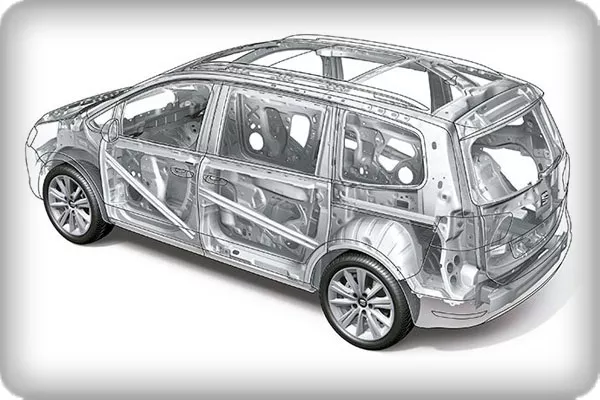
Structural integrity means that the shell of the car can hold the force brought about by impact and divert it from the passengers
1. Passive Safety Feature
This refers to the safety features installed in the vehicle. Example of these include airbags, ABS or Anti-lock Braking System, ESC or Electronic Stability Control, seatbelts and seatbelt pretensioners. These are important features you should look out for when looking for a car because these will fasten you safely on your seat and save you from feeling the impact that much in case of crash.
1. Safety Assist
This component gives important assistance to drivers to avoid crashing or lessen the impact in case of crash. It includes features such as BMS or Blind Spot Monitoring, AEB or Autonomous Emergency Braking, LKA or active Lane Keep Assist and ISA or Intelligent Speed Adaptation.
Now that Philkotse.com know where car safety is based, it’s time to explore each of these car safety features.
II. Exploring Modern Car Safety Features
1. Airbags
First and most important as it protects the passengers from hitting parts of the car in case of collision. When the cars feel intense impact, airbags come out to serve as a cushion to passengers. It started as two airbags for the driver and passenger in the front. As time progresses and new developments came in, car nowadays not only offer front airbags but also for those in the back seat, at least for SUV or MUVs. For the passengers in the back seat they are now offering side airbags for extra protection.
>>> Let's deepen your understanding of the car airbags:
- Airbags – Things you might not know
- The connection between car airbags & short people and How it can endanger your safety
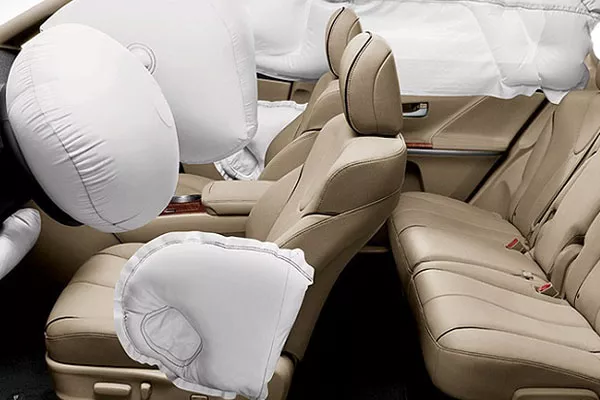
Airbag is a lifesaver for the passengers inside the car so as not to hit or get it by any debris falling off from the commotion
2. ABS or Anti-Lock Braking System
This feature enables the driver to still have steering control when sudden brakes is applied in case of emergencies. This prevents the car from skidding and loss of traction. This feature can be seen best during rainy or cold season when the roads are wet and slippery.

With ABS, the driver would still be in control even after stepping on the brakes in a sudden manner
3. ESC or Electronic Stability Control
This safety feature ensures that the car is remains on the road when the driver loses control over the vehicle. It has the ability to check the car’s direction versus the steering direction. If it detects that the car wheels don’t respond properly to the steering wheel and it detects a slide, ESC automatically applies brakes and straightens the car back again to the right direction.
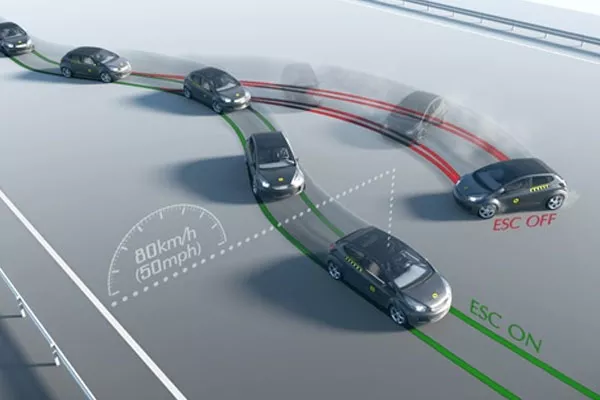
ESC keeps you on the road during loss of control
4. Back / Rear Cameras
This is useful when driving in reverse. This feature can show what lies behind your car on your dashboard screen. This can help the driver avoid unnecessary collisions with other vehicles while putting your car in reverse.
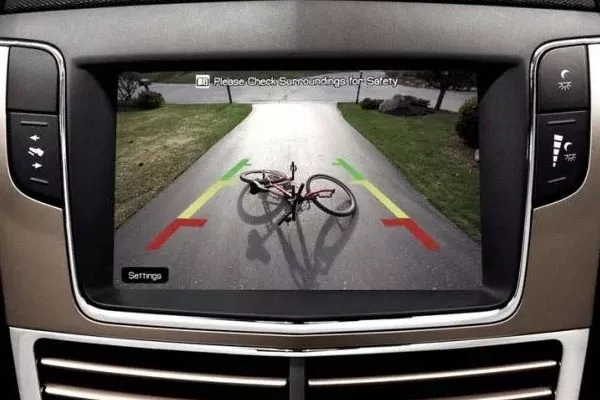
Rear camera serves as your eye from behind
5. Back Up Sensors
This also provides the same protection as the rear cameras. However, this feature is only available for cars that doesn’t have a pre-installed back cameras. It is equipped with sensors that could give the driver a warning if the car is about to collide with something or another car in the form of sound or audio.
6. Self-Parking
This feature is not automatically available for all vehicles. This is usually available for luxury cars and add-ons to others. It functions as the name implies – all you have to do is pull right next to an empty parking spot, get the car in reverse and it will automatically do it for you. This was first offered in 2006 by Lexus.
>>> Also check out:
- How to choose the best parking sensor kit in the Philippines
- 5 easy car parking tips for Filipino drivers
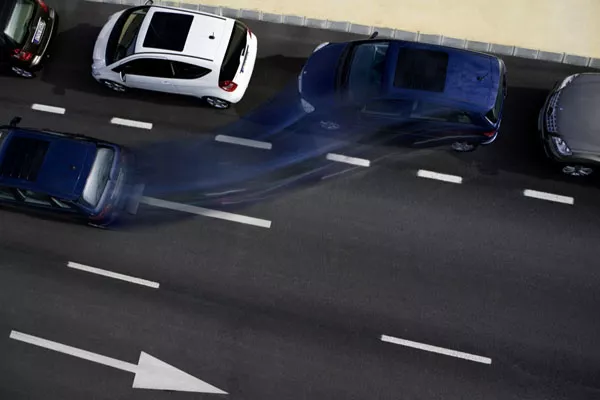
Self park assist makes parallel parking a lot easier and safer
7. TPMS or Tire Pressure Monitoring System
Another important feature! Since tires or wheels are responsible for literally moving the vehicle and carry its weight, it is always important to ensure that it has the tire pressure it needs to get going. TPMS monitors the tire pressure and informs the driver through a gauge found in the dashboard.
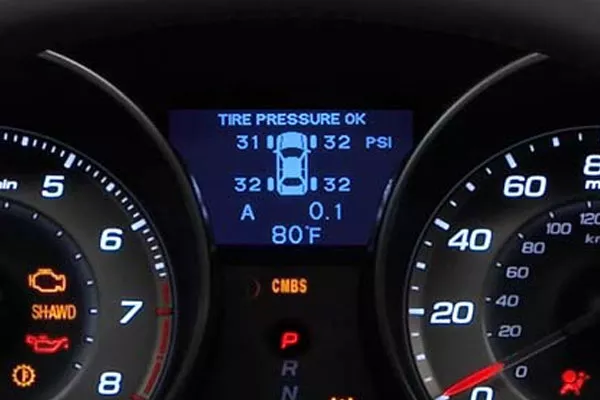
Modern cars now have tire pressure monitoring system that alerts you when your tire pressure is insufficient
8. Voice Controls
This is like the ‘Jarvis’ inside the car. Most of the vehicles nowadays have Bluetooth enabled which they can use to make hands free calls and some also has voice control over other car functions such as navigation or even windshield wipers.
9. Blind Spot Warning
Blind spot warning is an amazing feature that uses sensors and cameras to warn you that you are moving to a blind spot. A warning sound will activate if this feature detects that you are changing lanes or you are going to a spot where it’s difficult to see other vehicles coming.
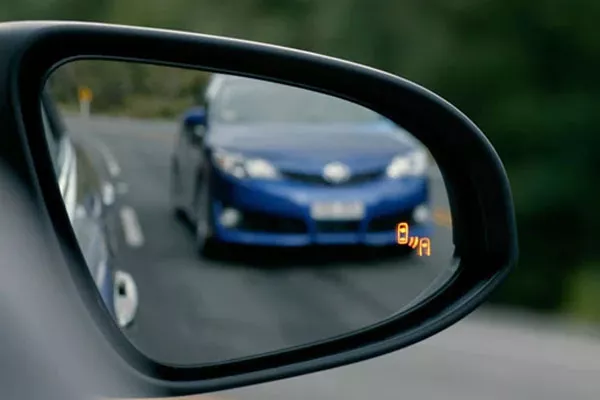
Blind Spot Monitoring keeps you off dangerous paths
10. Forward Collision Warning
This feature alerts the driver if they are driving in too fast towards the vehicles ahead. It imposes sound alerts and sometimes vibrations on steering wheel to alert the driver of the situation.
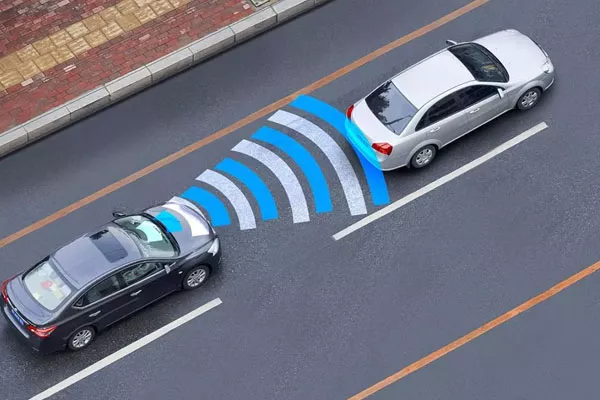
Forward Collision Warning helps the driver to be alert of a forthcoming collision
11. Forward Collision with Automatic Braking
Same function as the first one but if the driver ignores the collision warning, this feature applies brakes automatically to avoid collision.
12. Cruise Control
This feature has the ability to detect the condition of the road ahead and regulate the speed of the vehicle to adapt appropriately to the traffic status.
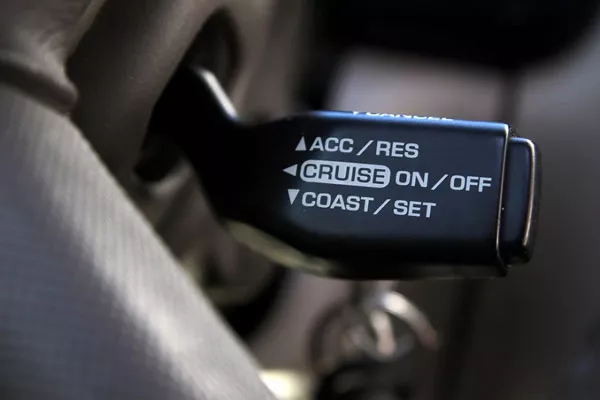
This feature can see the road/traffic condition and makes your car adapt properly
>>> Click here to get more useful tips and advice for all car owners











